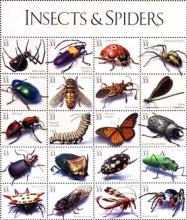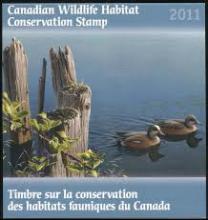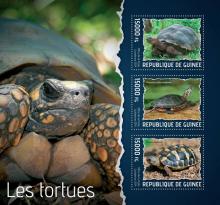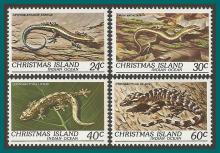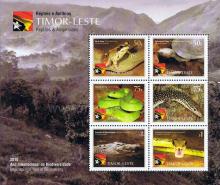Study Suggests Drastic Decline of Insects in Rain Forests
The researchers measured the forest’s insects and other invertebrates, including spiders and centipedes by using trap methods with sticky plates and nets in the canopy. They collected the critters and larvae that crawled through the vegetation and examined the density of population. Each technique revealed that the dry weight of the captured insects were very less when compared to 1976. The researchers observed that there has been a significant decline in the population of insects of all species since 1976.


